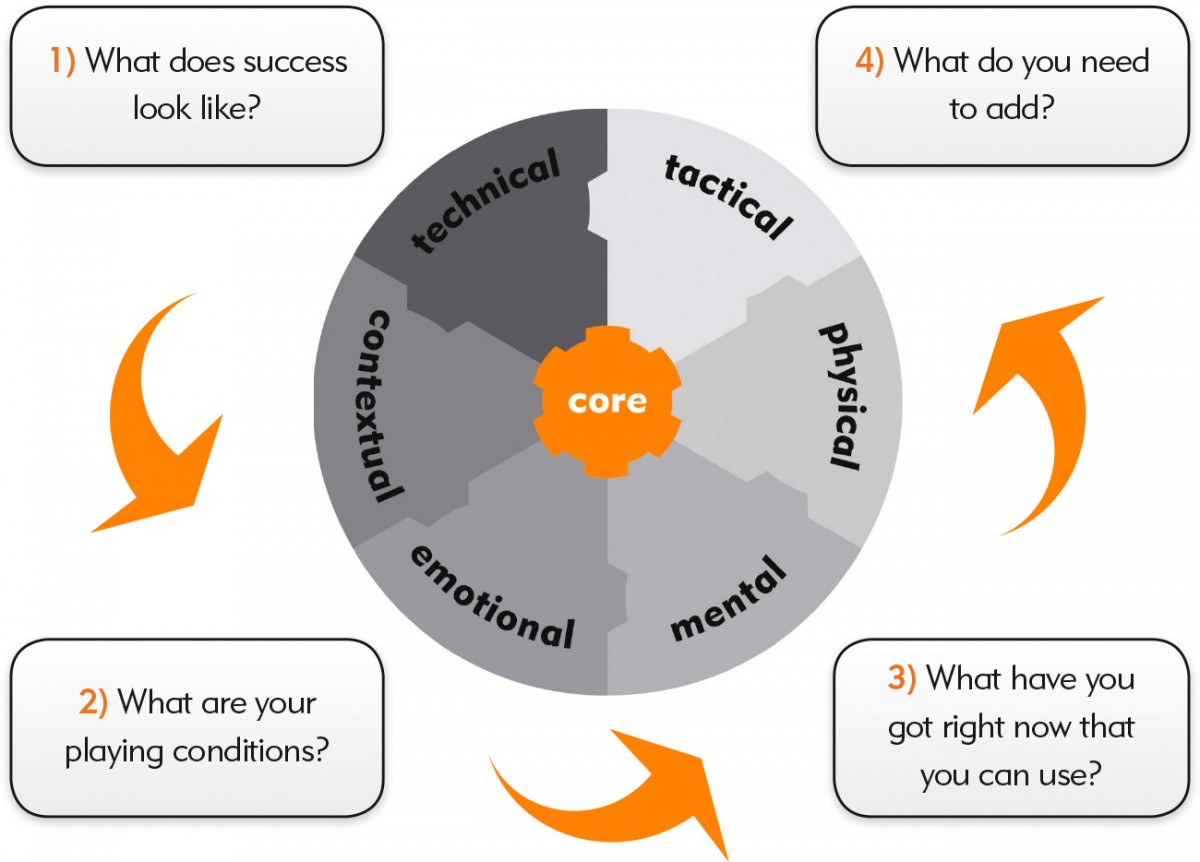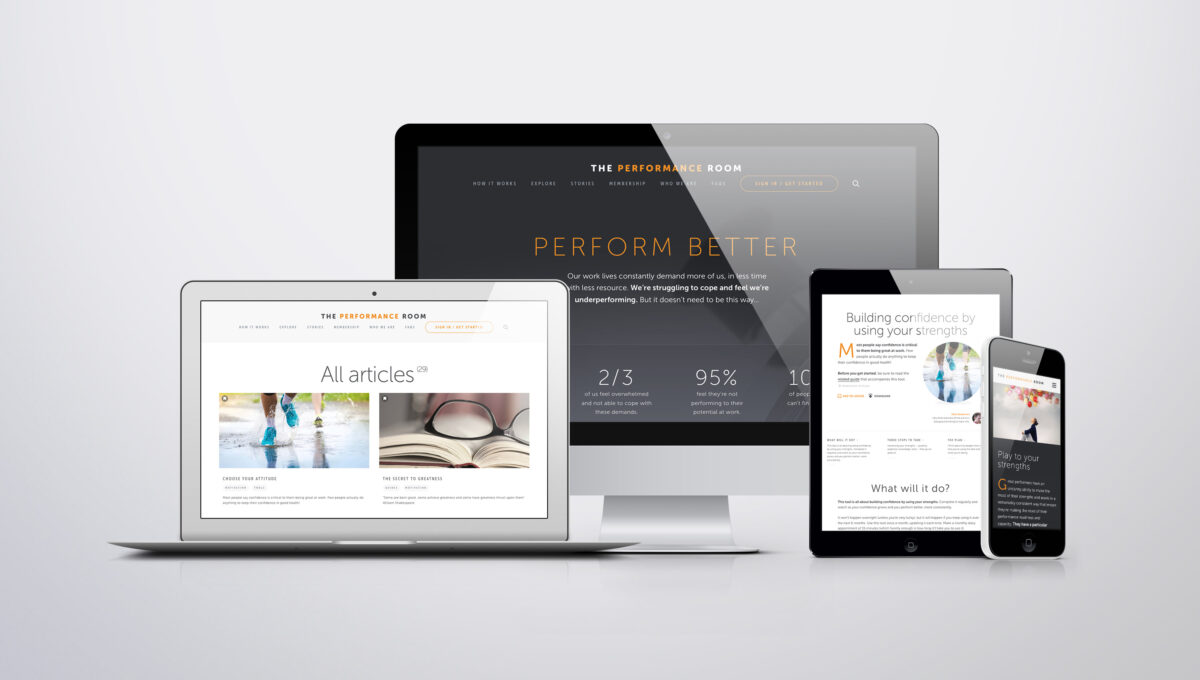Improve your consistency at work

If you want to perform consistently well in an inconsistent, demanding or unpredictable world then you need to make sure you are brilliantly prepared and superbly ready.
This tool will help you check how you’re performing, whether you’ve got the foundations in place to be your best and if you’re doing the right stuff every day.
Work efficiently
This tool will help you measure how you’re performing and help you take control of how you can approach the next obstacle, work meeting or event. Learn about the tool, when to use it and how it will make a big difference.
Start using this tool right now. It’ll take you about 15 minutes to do it properly. Then use it regularly to get ready to deliver your best. We recommend using it at the start of every day for a month and then decide how often you want to use it after that – work efficiently by incorporating this into your daily routine or whenever performance really matters.
Three steps to take
Get focused on the things that will make the most impact for you
1. Check whether you’ve got the foundations in place.
Rate yourself for each statement, give yourself a 10 if this sounds exactly like you and 1 if it couldn’t be further from the truth.
| 1-10 score | |
| I’m very clear on what’s expected of me in my role and the people I work with are just as clear (Picture of Success) | |
| I have a really clear picture of the performance I need to deliver to get the results expected in the conditions I’m in. (Picture of Success) | |
| I totally understand my playing conditions and how it might affect what I need to do and what results I want (Playing Conditions) | |
| I’m using that picture to help me get ready, making sure I’m making the most of my existing skills and strengths (Exploiting Resource) | |
| I’ve got a plan in place to get any other skills or resources in place that I need but haven’t got (Growing Resource) | |
| I think about what I’ll need to perform brilliantly in the future and keep building my strengths and skills so I’m always as ready as I can be (Growing Resource) | |
| Total |
- A score of 50 or more means you’re in good shape
- If you scored of 40 to 50, you’re doing ok though you’re flirting with inconsistency
- Less than 40 alarm bells should be ringing
2. Look at the graphic and identify the areas for improvement.
Use the questions from Step 1 to guide you.

List each of the four areas from the graphic in order of importance for you. So the things at the top of the list need to be the things that will have the biggest impact on your performance.
3. Now, cut to action.
Write down what you can do to improve your scores?
To have a clearer picture of what’s expected of me in my role and to know the people I work with are just as clear, I could:
To get really clear on the performance I need to deliver to get those results, I could:
To make sure I totally understand my playing conditions I need to perform in, I could:
To make the most of my current strengths I could:
To get the additional skills or resources I need I could:
To build that resource so I’m ready for the longer term I could:
Your plan
Work efficiently and get a plan Stan. The basics you need to have in your plan are set out below.
Plan basics
- What are you going to do? This bit is easy – it’s the 3 things listed above. No 3 is particularly helpful here. If there’s anything else you need to do, jot it down here.
My actions:
- When are you going to start? You don’t have to be great to get going, but you better get going if you want to be great.
My start date:
- How often will you be doing it? Getting great has a lot to do with making things a habit.
Check in dates:
Get serious
The difference between having a plan and making it work is about action. So get this in your diary now. Tell the people who need to know so that they can support you and won’t just think you’re being weird. Do it now.
Remember, it’s progress not perfection. You’re looking for gradual improvement, not for Rome to be built in a day.

